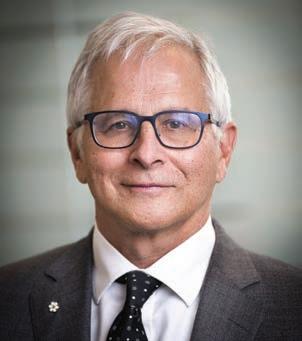ZIIGWAN
2021
Introducing our Ziigwan 2021 issue Sharing Treaty understanding and showcasing Treaty strength
ELDER RITA CORBIERE Rita shares her experience and knowledge on Treaty interpretation
Inside
Our Annuities Court Case Introducing Waawiindamaagewin Ceremony: Our Anishinaabe Way Doodem and Council Fire Runaway by Thea May






